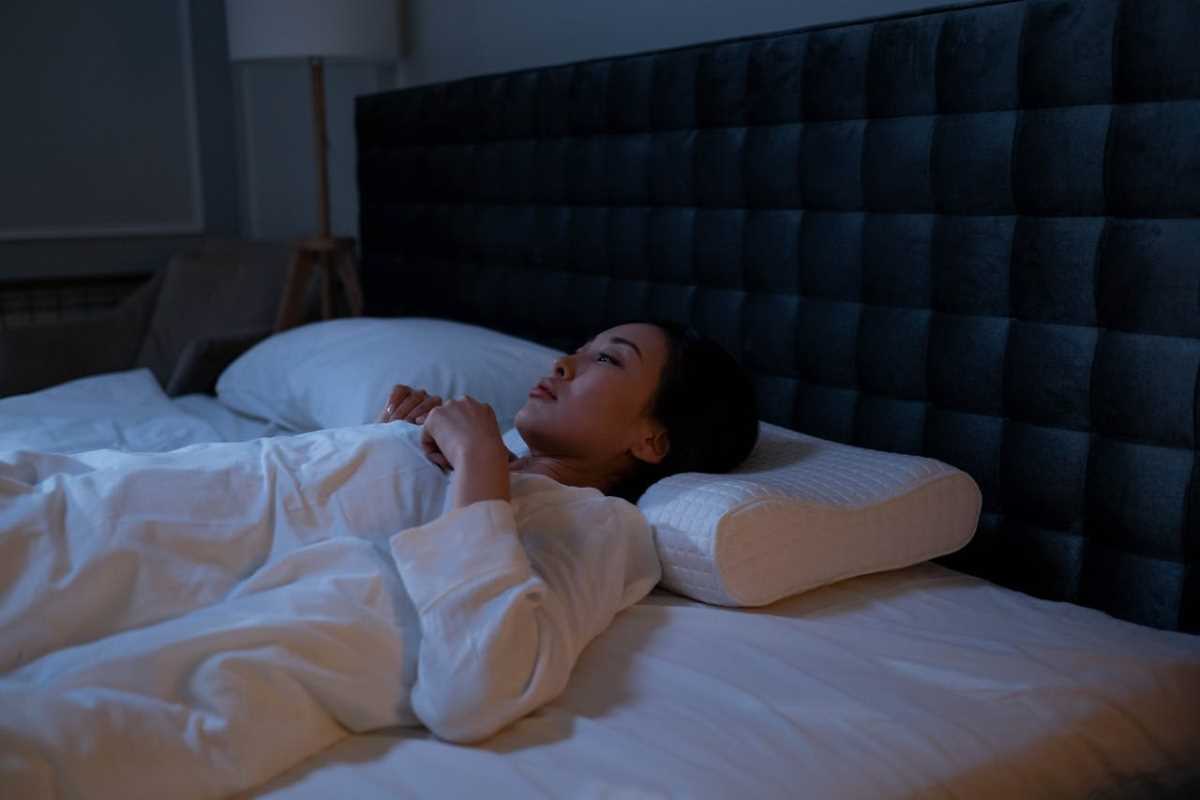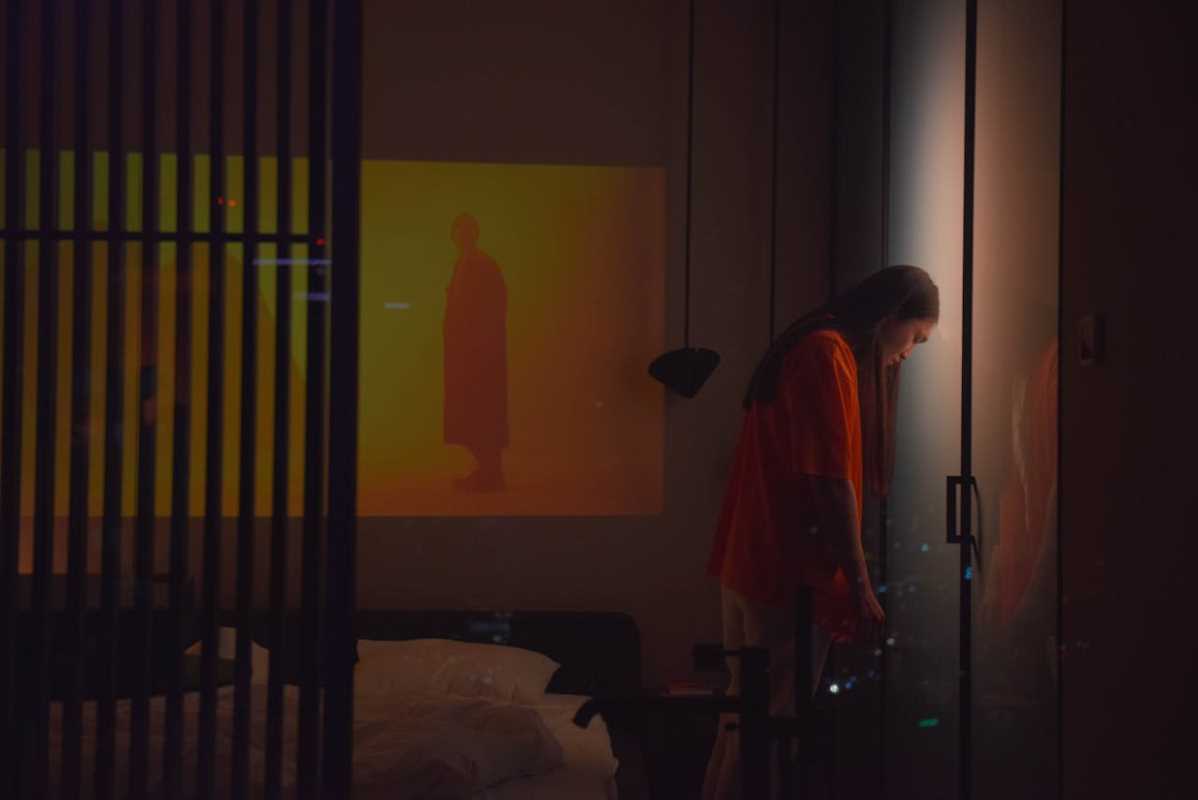Sleep is often treated like a luxury, but it should never even be considered as such. It is a fundamental pillar of our health, affecting everything from mood to productivity to long-term disease risk. Yet, if you’re in your 30s, juggling demanding jobs, evolving relationships, and maybe even parenting, proper sleep can feel elusive.
If you’ve noticed chronic fatigue, restless nights, or frequent grogginess despite a full night in bed, there might be more at play than a heavy workload or Netflix binge. Sleep disorders are surprisingly common in this age group, and left unaddressed, they can take a significant toll on your mental and physical health.
Here are the most common sleep disorders to look out for, along with tips to take back control of your rest.
1. Insomnia
For many, insomnia feels synonymous with adulthood. You lie awake, scrolling through to-do lists or reliving that awkward thing you said in a meeting six years ago. But clinical insomnia goes deeper than the occasional restless night.
What It Looks Like
Insomnia involves difficulty falling asleep, staying asleep, or both, despite having enough opportunity to rest. Symptoms often include waking up too early, feeling unrefreshed in the morning, or struggling to function during the day due to exhaustion.
Why It Happens in Your 30s
This is a decade of major transitions, both personal and professional. Stress about career growth, planning or raising a family, financial stability, or caregiving for aging relatives can keep your brain in overdrive during what should be winding-down hours. Lifestyle factors, like erratic work hours or excessive screen use before bed, can also interfere with your body’s natural sleep-wake rhythm.
What to Do
Start with the basics of sleep hygiene. Limit caffeine and alcohol, especially in the evening. Create a relaxing pre-bed ritual, whether that’s reading, meditating, or taking a warm bath. If racing thoughts are the issue, try journaling them out before lights off.
However, if insomnia persists for weeks or months, it’s time to consult with a sleep specialist or therapist trained in cognitive behavioral therapy for insomnia (CBT-I), a highly effective, evidence-based treatment.
2. Sleep Apnea
Sleep apnea often goes undiagnosed in people under 40, yet it can develop in your 30s, especially if you’re experiencing certain risk factors. This condition not only disrupts your sleep but can also increase the risk of chronic illnesses like high blood pressure or diabetes.
What It Looks Like
There are two primary kinds of sleep apnea, though the most common is obstructive sleep apnea (OSA). It occurs when the muscles in your throat relax too much during sleep, partially or fully blocking your airway. This can lead to loud snoring, gasping, or choking sounds—often noticed by a partner. Other signs include daytime fatigue, morning headaches, irritability, and difficulty concentrating.
Why It Happens in Your 30s
Risk factors for sleep apnea include being overweight, having a family history of the condition, or certain physical traits like a recessed chin or enlarged tonsils. Stress and poor lifestyle habits (like skipping regular exercise) can exacerbate any underlying vulnerabilities.
What to Do
If you or someone close to you suspects sleep apnea, seek medical advice. A sleep test (either at home or in a clinic) can confirm the diagnosis. Treatment might involve lifestyle changes like weight loss or sleeping on your side. For more severe cases, a CPAP machine (which keeps your airway open during sleep) can dramatically improve your quality of rest and overall health.
3. Restless Leg Syndrome (RLS)
Restless leg syndrome might sound like a minor annoyance, but for those who suffer from it, it can seriously disrupt sleep and overall quality of life.
What It Looks Like
RLS is characterized by an uncomfortable sensation—like tingling, crawling, or itching—in the legs (and occasionally arms) that creates an irresistible urge to move. These symptoms typically occur in the evening or night, making it difficult to fall or stay asleep.
Why It Happens in Your 30s
The exact cause isn’t always clear, but RLS can be linked to iron deficiency, pregnancy, or certain chronic conditions like diabetes or kidney issues. For some people, it’s hereditary. Stress and fatigue can exacerbate symptoms, creating a vicious cycle that disrupts sleep even further.
What to Do
Mild RLS may respond to lifestyle tweaks. Stretching before bed, regular exercise, and avoiding caffeine and alcohol in the evening can sometimes help. If symptoms are severe, talk to a doctor who might recommend iron supplements or medication.
4. Circadian Rhythm Disorders
Nowadays, with late-night emails, shift work, or endless Instagram scrolling, it’s easy for your internal clock to fall out of sync with a natural day-night cycle. This can lead to circadian rhythm disorders, one of the most overlooked sleep issues among 30-somethings.
What It Looks Like
Signs may include extreme grogginess in the morning, alertness when you’re supposed to be winding down at night, or difficulty adjusting to different time zones. This disorder doesn’t just affect your sleep—it can throw off other bodily systems, too, potentially resulting in digestive problems or mood swings.
Why It Happens in Your 30s
Tech-heavy lifestyles, inconsistent bedtimes, and jobs with odd hours contribute significantly. Having kids or other responsibilities competing for your time can further intensify this problem.
What to Do
A consistent sleep schedule is key—even on weekends. Limit your exposure to blue light (TVs, phones, laptops) before bed, and get plenty of sunlight in the morning to help reset your internal clock. If the issue persists, melatonin supplements taken at the appropriate time (always checked with a doctor) or light therapy could help regulate your rhythm.
Why Addressing Sleep Disorders Matters
It’s easy to shrug off sleep problems if life is otherwise demanding. But the truth is, poor sleep sabotages nearly every aspect of your health. Chronic sleep deprivation is linked to anxiety, depression, weakened immunity, heart disease, and even shorter lifespan. It can also dull your cognitive edge, leaving you less productive and more prone to errors at work.
Fortunately, most sleep disorders are treatable once identified. Whether it’s improving your sleep hygiene, seeking professional help, or incorporating targeted treatments, small changes can lead to massive gains.
 (Image via
(Image via





